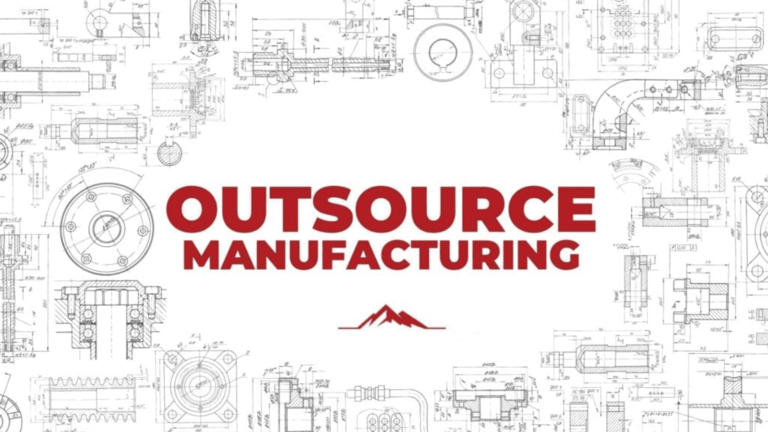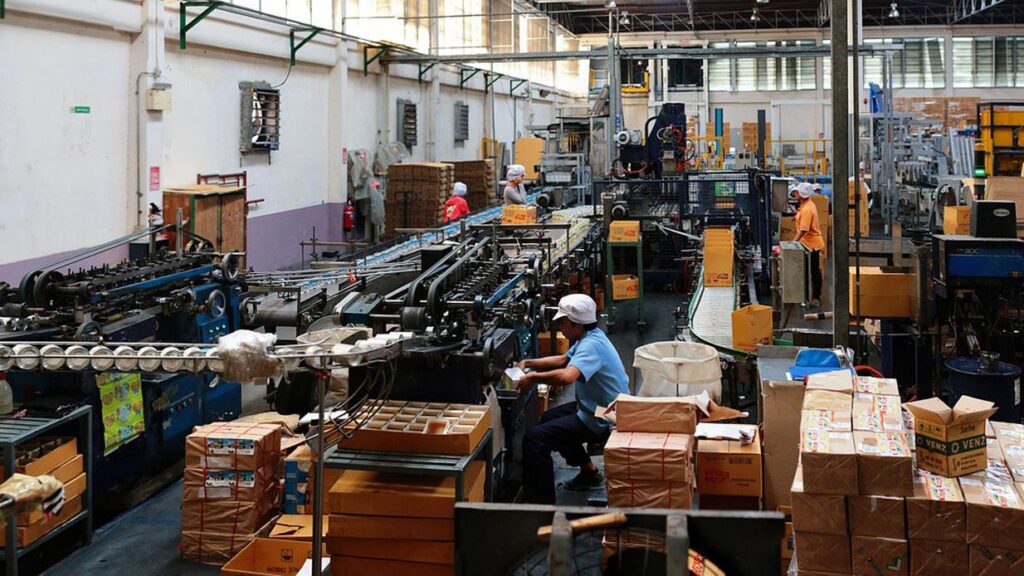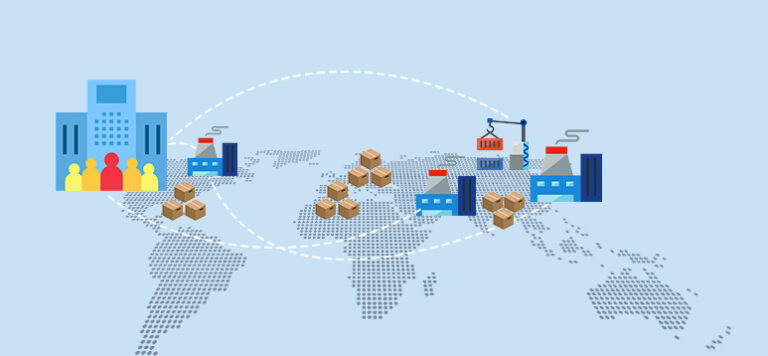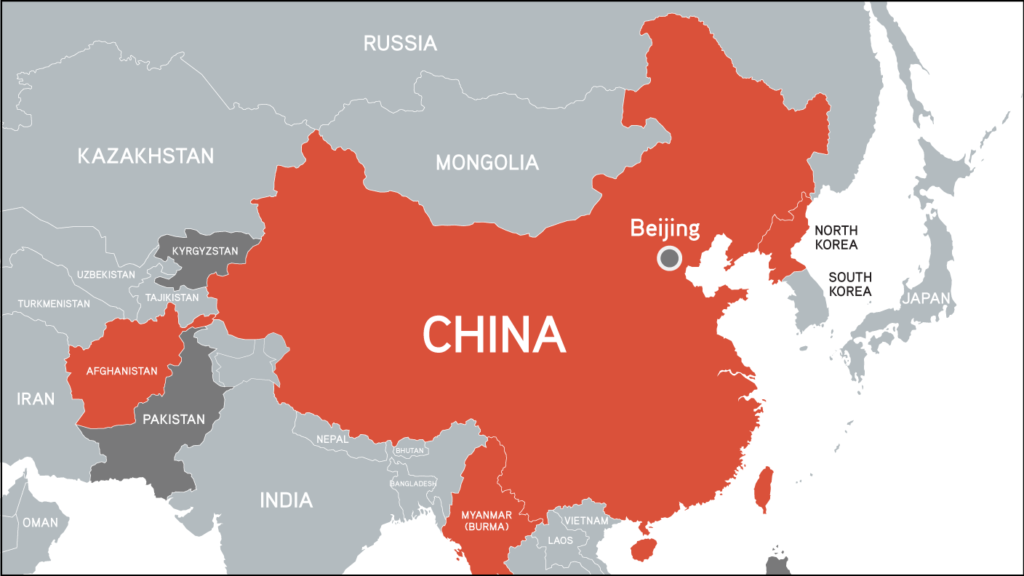Are you thinking of outsourcing the production of your products but don’t know where to start? This guide is for you. It’ll walk you through how to find and outsource a factory to manufacture your product.How to outsource manufacturing to China?
Section: Step 1: Find the right manufacturer.
A lot of people get hung up on finding the right manufacturer.
But this is actually the easiest part. If you’ve done your research and know what kind of products you want to make. Then all you need to do is search Alibaba for factories in China. That specialize in making those types of items. For example, if I wanted to find a factory that makes leather bags. I’d just type “leather bag manufacturers” into the search bar at Alibaba.com.
You'll get a list of factories and manufacturers that specialize in making leather bags.
From there, you can send them an invitation to connect with you (it’s free), visit their website. And learn more about their production capabilities and quality standards. Once you’ve found one or two manufacturers that seem like a good fit for your business. It’s time to move on to the next step: preparing your supplier requirements.

Section: Step 2: Establish a relationship with your Chinese manufacturer.
This is the most important step in the process.
You need to find a suitable manufacturer. But it’s even more important that you establish a long-lasting relationship with them. This means that you should:
-Communicate clearly and often. -Be upfront about your expectations and requirements.
-Work together collaboratively to meet those expectations and requirements.
-Be patient.
-Communicate clearly and often. One of the most important aspects of a lasting relationship with your supplier is communication. You should make sure that you are always communicating clearly and effectively with each other.
This doesn’t just mean that you have to speak the same language. It means that you need to know what each other wants out of the relationship. How much time they are willing to invest in working together. And what their expectations are for the future of your business relationship.
Section: Step 3: Check your manufacturer's capabilities.
Check your manufacturer's capabilities:
-Make sure that your supplier has the manufacturing capabilities you need.
-Check for certifications in quality control, food safety and environmental health.
-If possible, visit the factory where your products will be made.
-Check that they have a clean and professional facility with up-to-date equipment and technology.
-Make sure that the manufacturer has an experienced production team.
—This will ensure consistent quality and timely delivery of your product.
Find a reliable supplier:
-Research your potential suppliers to make sure they have a good reputation in the industry.
-Check with local business associations and trade groups to see.If your manufacturer has any complaints or lawsuits against them.
-Ask for references from other companies who work with this supplier.


Section: Step 4: Make sample products.
Once you have found a manufacturer and ordered your samples, you’re ready to start production.
- Make sure that the sample products are exactly. What you want before moving forward with full-scale manufacturing.
- If there are any changes or alterations needed.Make sure they are made before finalizing your order.
- Make sure that you provide the manufacturer with all of your specifications and materials needed for production.
- You should also make sure that they have the necessary equipment and facilities to meet your requirements.
Section: Step 5: Start with a small production run.
Once you’ve confirmed that the sample products are exactly what you want, it’s time to start production.
You should start with a small production run of your product. This will help you avoid spending too much money on inventory. If there are problems with the manufacturing process or if there are any changes or alterations needed (see Step 4).
Make sure that the manufacturer is following your specifications. You should make sure that your supplier is adhering to all of the specifications. And materials that you’ve discussed with them as part of the process. If there are any problems, this is the time to address them before production starts in earnest.
You can do this by sending your supplier a list of specifications.
And materials that you want to use. And asking them to confirm that they will be able to meet those requirements. This is also a good time to make sure that the manufacturer has all of the relevant documentation for the product. For example, if it’s an electronic device, you should make sure that they have circuit diagrams. Or wiring schematics so they know how everything should work together.

Section: Step 6: Quality control.
This step is critical. You want to make sure that you’re getting what you pay for.
And that your product meets all of the specifications that were agreed upon in the previous steps. Quality control measures can include:
-Testing the product for functionality
-Testing the product for safety
-Inspecting parts and materials
-Inspecting assembly methods
-Inspecting the final product
-Testing the finished product for performance
-Testing the finished product for durability If you’re working with a supplier that has been around for a while.
They should have some sort of quality control measures in place. If they don’t, then ask them what they do and how it works. If you’re dealing with a new supplier who doesn’t have any quality control measures in place yet. Then suggest some things for them to consider implementing.


Section: Step 7:Work with your manufacturer to ensure on-time delivery.
- If you’re working with a new supplier. It may take some time for them to get up and running. The first thing you need to do is make sure they understand your expectations. Are they familiar with how to meet those expectations? If not, then they need some training on the job.
- You can also help them underst and what’s expected by getting them on board with your schedule. If they don’t have an idea of how long it will take to produce your products. Then you need to communicate that information with them.
- You can do this by giving them a detailed schedule of when each product needs to be manufactured and shipped. This will help your supplier know how long it will take to produce your product. As well as how quickly they need to deliver it. So that you can get them on board with your expectations.

Section: Step 8:Consider the supply chain and shipping logistics.
You have to think about the supply chain when you’re working with a supplier.
You need to know how long it will take for them to manufacture your products and get them shipped out. This is especially important if you’re selling items online and want them delivered quickly.
When you’re planning out the production of your products. It’s important to consider the supply chain and shipping logistics. If your supplier is located in China. Then this can be especially tricky because there are so many factors. That could affect how quickly they can deliver your products. For example, if there’s a new regulation put into place. That slows down shipping times for all companies in China. Then that will have an impact on when your product gets shipped out as well.
Takeaway: Outsourcing manufacturing will save you money but you need to work hard to maintain quality. If you want to outsource manufacturing, then make sure that you don’t lose quality in the process. You can do this by working with a reputable supplier. And making sure that they have the equipment. And expertise needed for your product. This will ensure that when your products are shipped out, they look and function as expected.
Maxtop Tech helps thousands of small business owners, dropshippers,amazon store owners, wholesalers,retailers, contractors to select,order,inspect,quality control,store, pack, label, and deliver. Making orders fullfilling smoothly and service beyond the quality.